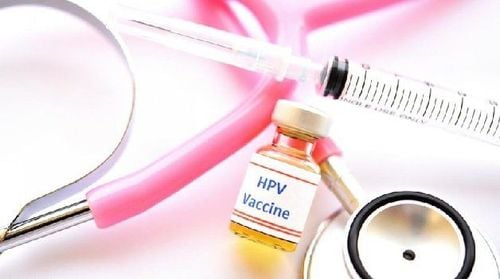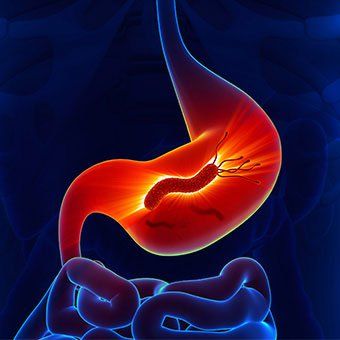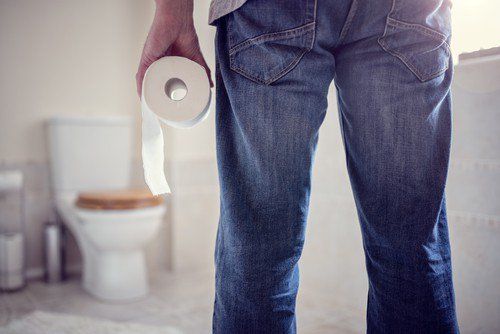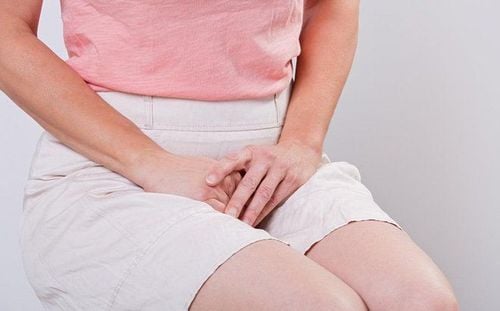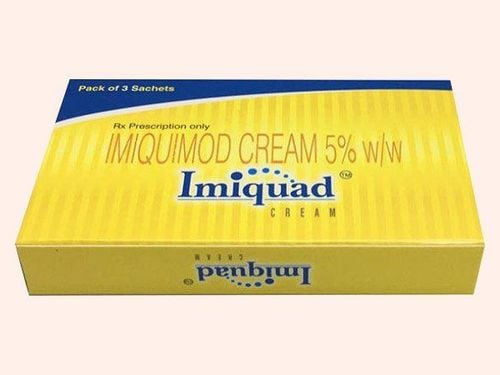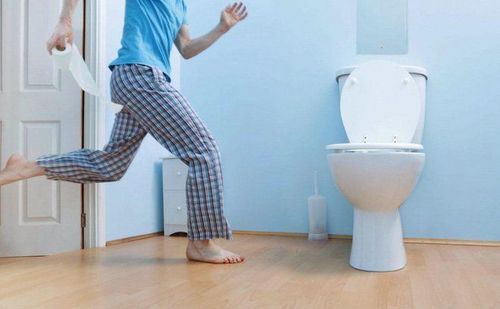This is an automatically translated article.
Anal cysts are usually caused by the human papillomavirus (HPV). The patient will feel discomfort in the anal area. In cases of disease, medical treatment will initially be performed, then surgical removal of the anal canal papillae.
1. What is anal papilloma?
Hyperplasia of the anal canal mucosa at the dentate line forms anal papillomas (Condylome). These papillomas form as a result of proliferative inflammation, sometimes with long stalks and prolapse during defecation.
Causes of anal tumors are caused by the human papillomavirus (HPV) and are very contagious. Manifestations of this condition are increased mucus secretion in the anal canal, burning pain when sitting, bleeding during urination, itching and entanglement in the anus with an unpleasant odor. Most cases of anal papillomatosis are treated medically, the recurrence rate is 20-70%. Indications for surgical resection of anal canal papillomatosis are based on pathological results.
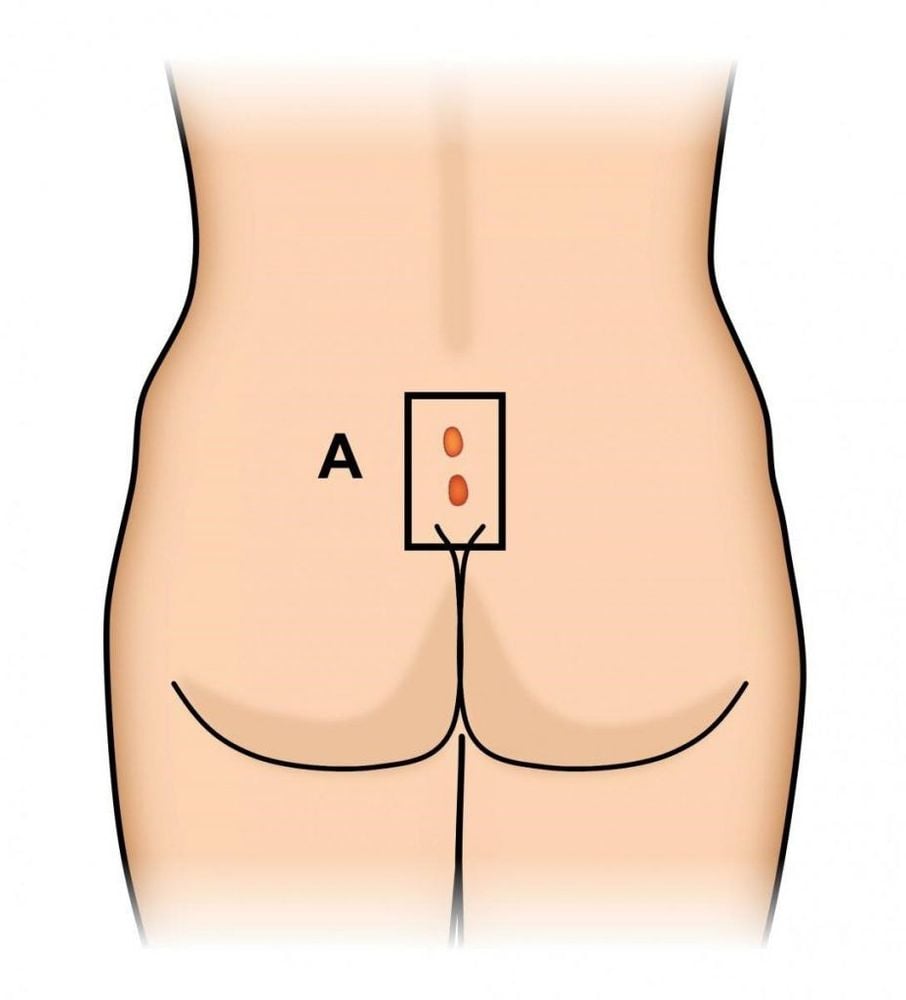
Chỉ định phẫu thuật cắt u nhú ống hậu môn dựa vào kết quả giải phẫu bệnh
2. Surgery to cut anal canal papillae
2.1. Point
Tumors in the large anal canal cause entanglement, discomfort due to itching, inflammation, blood in the stool and anal pain.
2.2. Contraindications
Intervention in other surgical operations.2.3. Prepare
Performer: Team of doctors and digestive surgeons Team of experienced anesthesiologists and resuscitators. Patient: Perform basic tests such as complete blood count X-ray chest x-ray, abdominal ultrasound Complete colonoscopy Computerized tomography scan Colon preparation as prescribed The doctor needs to explain Explain to the patient and family before surgery about the medical condition, the situations that may occur during surgery and the possible sequelae or complications after surgery. Note, the doctor needs to answer the patient's questions about illness, surgery, ... within the allowed scope
2.4. Vehicle
Costume for major surgery, acupuncture and non-digestive criteria,... Van Hill Ferguson anal valve, central surgery kit.
2.5. Steps to take
2.5.1 Posture
Gynecological or possibly prone.
2.5.2 Feelingless
Administer general anesthesia, regional anesthesia or local anesthesia.2.5.3 Technical
Expected operation time 30 minutes.
Technical principles: Based on the principle of preserving the maximum anatomical structure and physiological function of the anal sphincter system to ensure the function of the anal canal remains autonomous. Make sure the perineal area does not create scars that cause deformation, the anorectal canal causes pain and affects the function of defecation. Evaluation of lesions: Place van Hill-Ferguson into the anus of the patient. Cut the anal tumor with an electric knife, remove the lesion, and avoid perforation of the rectum. Stitch hemostasis of the cutting area if necessary. Take papilloma specimens and send them to the pathology department for histopathological examination. Check the incision: Stop bleeding. Betadine bandage.
3. Monitoring and handling after accidents
3.1 Monitoring the condition of the whole body and in the surgical area
Monitor pulse rate, blood pressure, temperature and perceptual movements. Monitor at the incision site for bleeding and exudate. When performing surgery with spinal anesthesia, patients often feel urinary retention for the first day, which may require bladder catheterization. Indication to use pain relievers, antibiotics if necessary; laxatives, evening tranquilizers. Usually 500ml - 1000ml of intravenous fluids after surgery. After surgery, patients should only eat light meals and exercise early. Care of the incision: The nurse changes the dressing every day, when there is an abnormality such as bleeding, a lot of fluid, it is necessary to check the incision and immediately notify the doctor. Sometimes it is necessary to soak the anus in warm water in some surgeries as prescribed by the doctor.

Theo dõi sức khỏe sau khi phẫu thuật cắt u nhú ống hậu môn
Indication to use pain relievers, antibiotics if necessary; laxatives, evening tranquilizers. Usually 500ml - 1000ml of intravenous fluids after surgery. After surgery, patients should only eat light meals and exercise early. Care of the incision: The nurse changes the dressing every day, when there is an abnormality such as bleeding, a lot of fluid, it is necessary to check the incision and immediately notify the doctor. Sometimes it is necessary to soak the anus in warm water in some surgeries as prescribed by the doctor. Antibiotics and pain relievers can be used for 3-5 days. For patients to take more laxatives, avoid constipation, stool accumulation in the rectum, causing bowel irritation, prolonged pain. The patient was able to eat again 6 hours after surgery. In case the patient has a lot of condyloma warts, it is necessary to carry out a large collection, let the patient fast for a few days and use drugs that cause constipation to avoid stool passing through the incision. Local care after surgery by keeping the incision clean (after each bowel movement, the anus should be cleaned and dried). Change the dressing daily. Use more topical drugs, drugs to treat warts as prescribed by a dermatology specialist.
3.2. Disaster treatment
Bleeding: If there is a lot of bleeding, the patient can't stop the bleeding on their own, they need to check the incision to stop the bleeding with electrocautery or stitches. Severe pain: Take pain relievers. Urinary retention: Common in cases of surgery with spinal anesthesia or because the patient is in a lot of pain. Based on the actual situation, the patient is considered for bladder catheterization. Loss or decrease in bowel control: This condition is mild and is likely to resolve on its own or with rehabilitation. In short, the cause of anal tumors is caused by the human papillomavirus (HPV) and is very contagious. Most cases of anal papillomatosis are treated medically, the recurrence rate is 20-70%. Indications for surgical resection of anal tumors should be based on pathological results.




